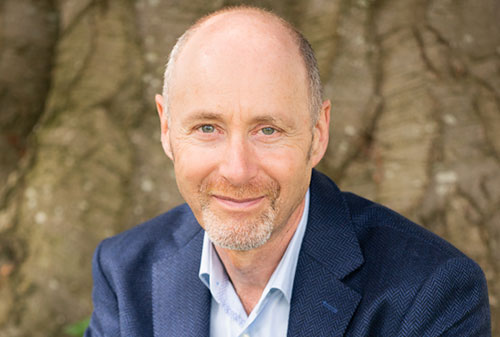
Have you noticed how resilience has become a hot topic in business?
For instance, there are TED talks on it, articles in the Harvard Business Review, and covid brought into sharp focus how unforeseen events can literally change our lives in a moment.
This article explores a deeper understanding of resilience and why it is key for building a financial planning practice.
What is resilience?
Originally, the word resilience was used in metallurgy and referred to a materials ability to return to its original shape. So, in human terms it means our ability to bounce back quickly from setbacks and unexpected events, which is essential when building a financial planning practice.
What two things can throw us into a tailspin?
A client I worked with, Jackie, was leading a team of sixty sales people and they were significantly under-performing. A new product had some issues with it and the team felt discouraged.
Jackie had got caught up in a ton of thinking about the situation and began to feel helpless. She had run out of ideas and because the buck stopped with her, her mind had begun to run riot.
In our own way we have all been there, right? For instance, something unexpected and unwanted happens and fear takes over.
Jackie and I talked about the fact that in life there are two variables that have the most potential to throw us into a tailspin:
1. Situations we have no control over
2. How much emotion we have tied up with something
What happens when we feel afraid and uncertain is that we start to fill in an imaginary future with a lot of ‘what ifs…’.
So, Jackie was entertaining thoughts of, ‘What if I lose my job…?’, ‘How will I pay the bills…?’, and ‘What will people think of me…?’
Don’t believe everything that you think
The problem with negative thoughts is not that we have them because you cannot avoid them. It is believing them that is the problem.
When we believe them it creates unnecessary suffering because it just creates even more negative thinking.
Byron Katie wrote a wonderful book called, ‘Loving what is‘. She points out:
“A thought is harmless unless we believe it. It’s not out thoughts, but our attachment to thoughts that causes suffering. Attaching to a thought means believing that it’s true without enquiring. A belief is a thought that we’ve been attaching to, often for years.”
Resilience is in-built
Resilience is far more than coping under the circumstances because that would simply be enduring something.
It is knowing that your circumstances are made of thought and whatever you are thinking is a perception.
The inherent design of the mind is that it will always give you fresh, new, and useful thinking. You just have to allow it to.
The world is not a fixed reality; how we see it depends entirely upon our state of mind
When Jackie began to realise that it was her thinking that was creating her panic her mind got quieter. So, where before she felt despair she now felt hope. She was able to properly connect with her team again and lift their spirits.
Gradually, as the mood rose, so did their performance.
Building a financial planning practice
What stops people building the business they want or it being slower than they want has far more to do with their inner state than their outer circumstances.
When are we most likely to lose our inner spark, procrastinate and feel discouraged? It is when we mistakenly believe that our circumstances are the cause of our feelings.
By building resilience through understanding you and your team become ‘discouragement proof‘. You do not take setbacks personally and are, therefore, able to transcend them quickly and easily.
P.S. Do you think you need to believe in yourself to succeed? Click here to get free of this limitation.


